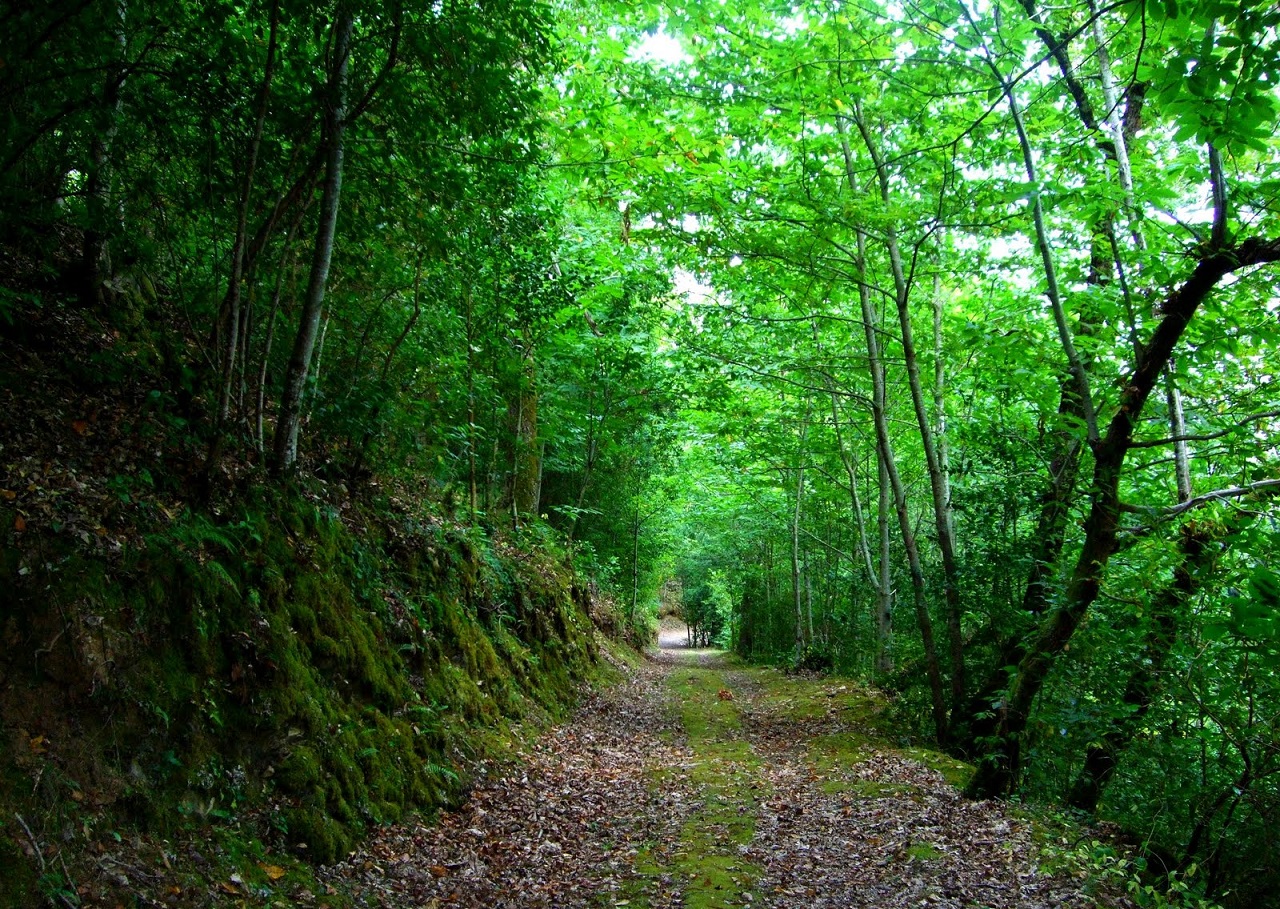Margaraça Forest
In the heart of Serra do Açor, between Serra da Lousã and Serra da Estrela, we find Mata da Margaraça, one of the oldest and best preserved forests in Portugal.
History of the Margaraça Forest
It is during the reign of D.Afonso III (13th century) that the first reports about Mata da Margaraça are found. At the time it was called “Quinta de Margaraz”, being the property of the Bishops Counts of Coimbra. Already in the century XIX, was included in the list of “national goods” despite having been acquired privately, at the end of the same century. In 1985, after being included in the Protected Landscape of Serra do Açor (1982), was then acquired by the Portuguese State.
Despite such remote references, the forest only received protection status in 1982, with the classification of Protected Landscape of Serra do Açor, being also considered a Biogenetic Reserve integrated in the European network.
At the Margaraça farm, 16 families of tenants worked, which indicates the good fertility of the soil and the intensive exploitation to which it was subjected. Several buildings testify to this human presence, namely Casa Grande, where the owner stayed overnight, Casa da Eira, Casa das Lamaceiras, the watermill, the refuse oven and Casa dos Caseiros” (ICNF).
The biodiversity
In Mata da Margaraça we can observe a wide variety of species, both in terms of fauna and flora.
In terms of tree species, we can find species of evergreen and deciduous trees, such as: the chestnut that cohabits with Oaks-Alvarinho, some Azereiros, Loureiros and Folhados. We can also find a wide variety of terrestrial mammals, such as the Wild Boar, Gineto, Badger, Red Squirrel and Weasel; of birds, such as the Goshawk, the Owl, the Hawk, the Round-winged Eagle, the Black Jackdaw, the Wood Pigeon, the Rola and the Bullfinch. On closer inspection, some amphibians and reptiles do not go unnoticed, such as the long-tailed Salamander and the Water Lizard, both threatened with extinction.
Mata da Margaraça is one of the rare relics of natural vegetation in Central Portugal (…) of the rare and most significant relics that we have left of the forest that would have covered most of the slopes of the mountains” (Jorge Paiva, 1981).

